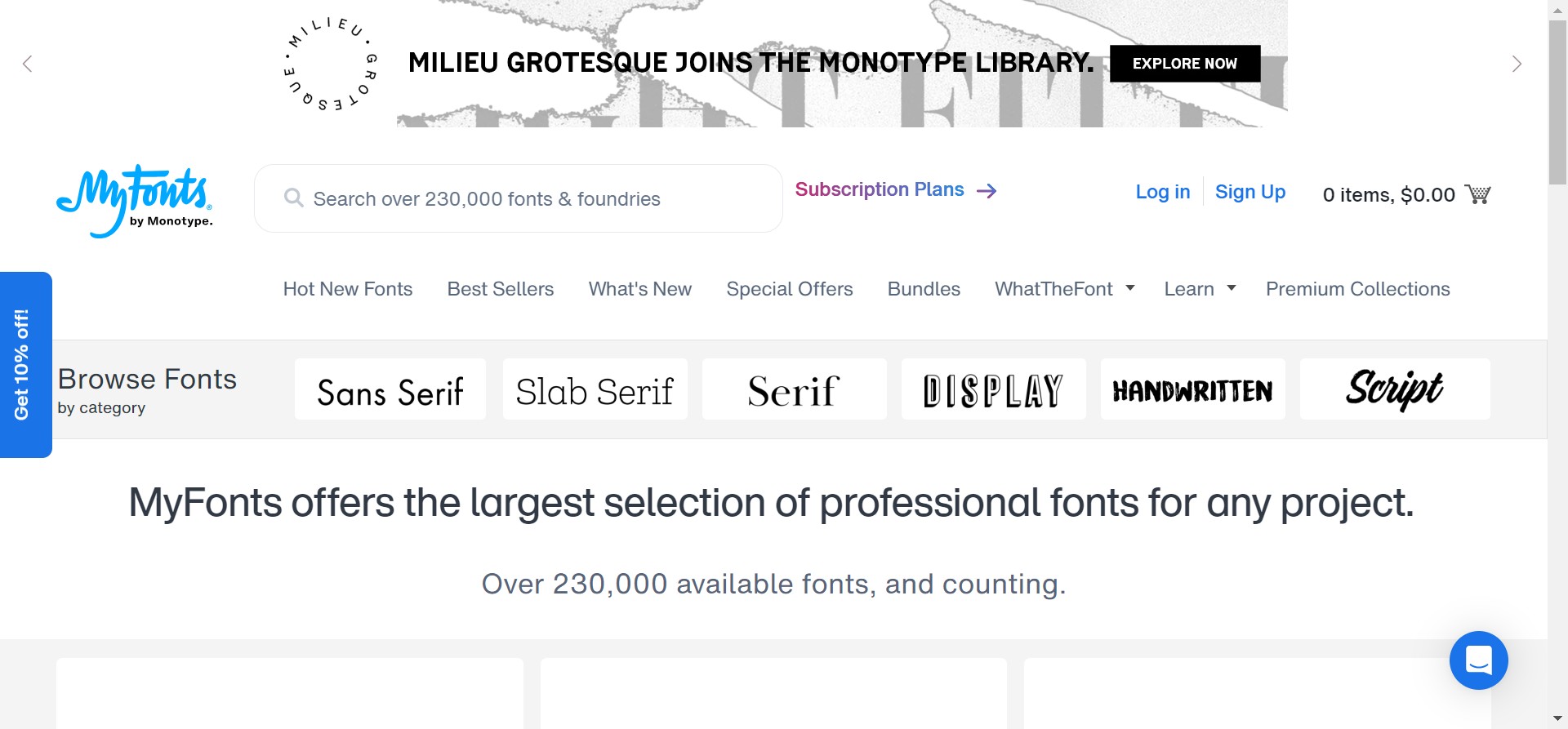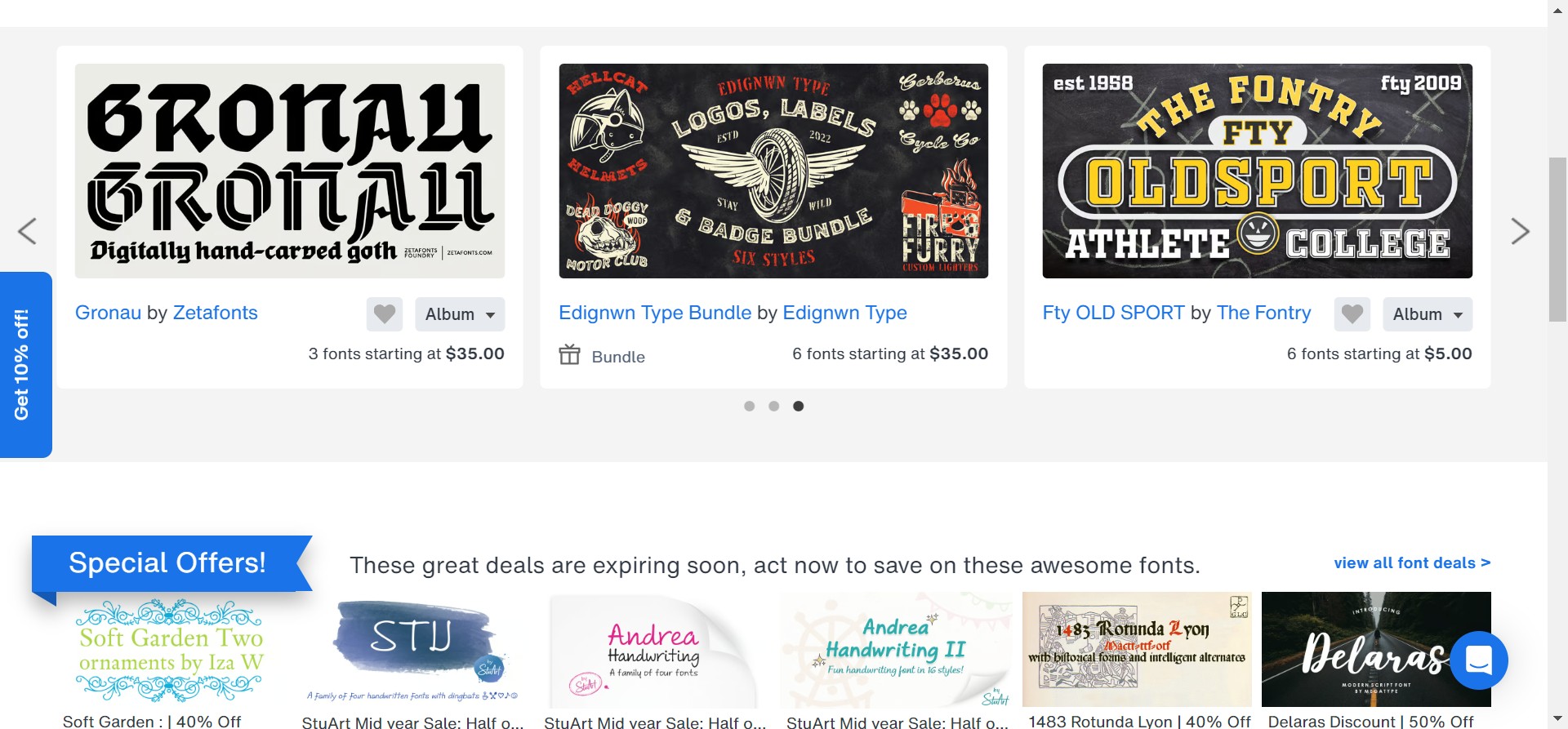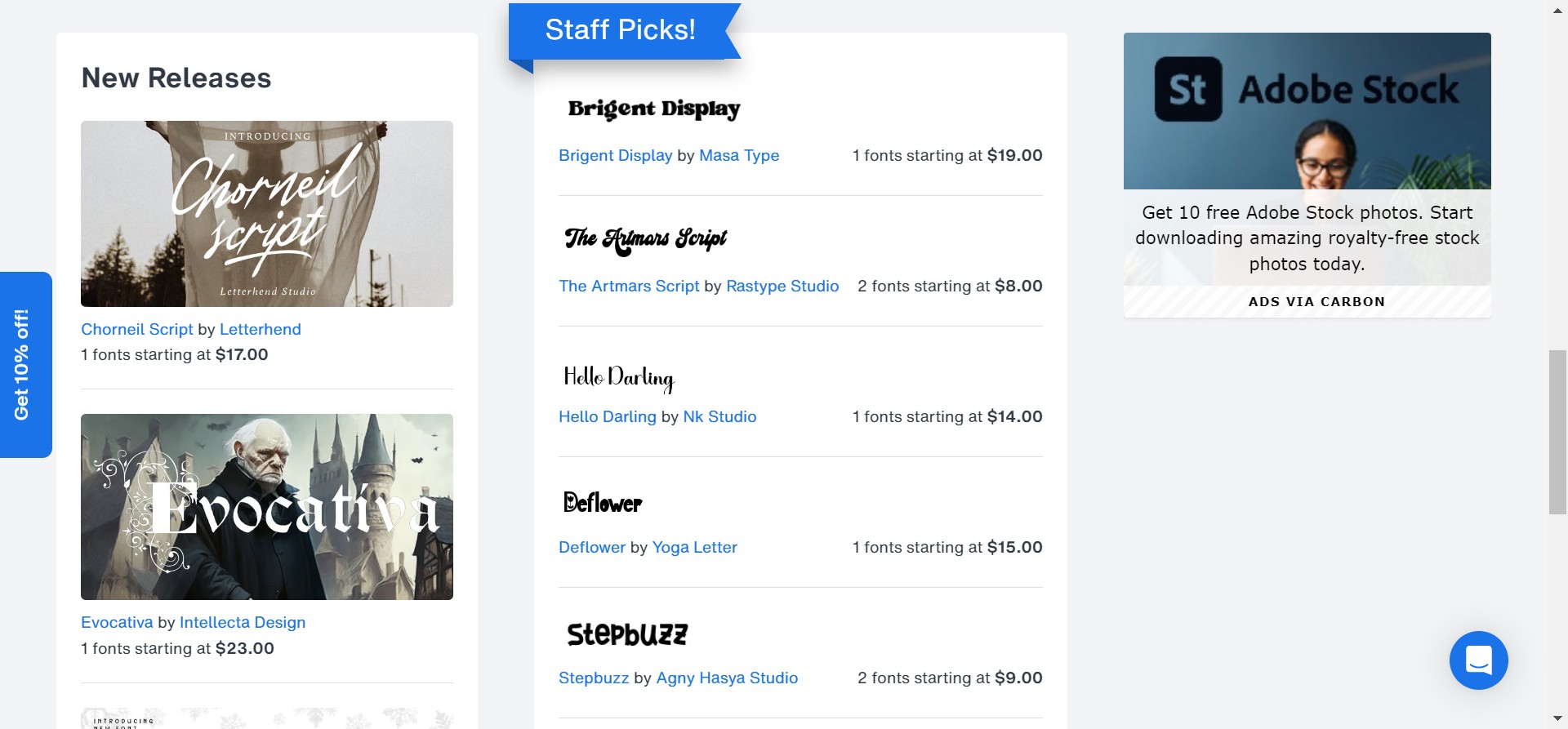
Welcome to the wonderful world of typography, where every letter is a work of art! Whether you’re designing a website, creating a logo, or crafting eye-catching marketing materials, choosing the right font can make all the difference. And that’s exactly where Official-MyFonts steps in to help you achieve optimal font sizes and bring your designs to life.
In this blog post, we’ll delve into the different types of fonts available and explore why Official-MyFonts is a valuable tool in your design arsenal. We’ll also share some MyFonts recipes for success and offer alternative options for those seeking variety. So grab your creative hat and let’s dive deep into mastering typography with Official-MyFonts!
The Different Types of Fonts
When it comes to typography, there is a vast array of font types to choose from. Each type carries its own personality and purpose, allowing you to convey different emotions and messages through your designs.
One popular category is serif fonts. These fonts are characterized by the small lines or strokes that extend from the ends of each letter. They exude a sense of tradition and elegance, making them perfect for formal documents or classic branding projects.
On the other hand, sans-serif fonts have a more modern and streamlined appearance. They lack those decorative strokes seen in serifs but offer clean lines that give off a contemporary vibe. Sans-serif fonts are often used in web design or when aiming for a minimalistic aesthetic.
If you’re looking for something with flair and creativity, script fonts might be just what you need! Mimicking elegant handwriting styles, these cursive-like typefaces add a touch of sophistication to invitations, logos, or any project requiring an artistic touch.
For those who want their text to really stand out, display fonts come into play. Bold and attention-grabbing with unique shapes and characteristics – think block letters or ornate calligraphy – these fonts make headlines pop on posters or catch eyes in advertisements.
We have the versatile category of decorative/fonts (also known as novelty). From funky bubble letters to themed icons integrated into each character – if you want your design to scream fun and excitement while keeping readability intact – this is where you’ll find your perfect match!
In conclusion (as per instruction), understanding the different types of font allows designers like yourself to carefully select the right style that aligns with their message and brand identity.
Pros and Cons of Using MyFonts
When it comes to finding the perfect font for your project, MyFonts can be a game-changer. With its vast collection of fonts from various designers and foundries, it offers an extensive range of options to choose from. One major advantage of using MyFonts is the convenience it offers. Instead of browsing through multiple websites or contacting individual designers, you can find and purchase fonts directly on the platform.
Another benefit of using MyFonts is the ability to preview fonts before purchasing them. This feature allows you to test different fonts in your design and see how they look before making a final decision. It saves time and helps you make an informed choice.
MyFonts also provides detailed information about each font, including its designer, foundry, licensing options, and language support. This makes it easier for you to select a font that meets your specific requirements.
However, like any service or platform, there are some drawbacks to consider when using MyFonts as well. One potential downside is the cost associated with purchasing fonts. While there are free options available on MyFonts too (yes!), many high-quality and unique typefaces come with a price tag (oh no!). So if budget constraints are a concern for your project (and let’s face it – they usually are), this might be something worth considering.
Additionally, while MyFonts provides previews of how each font looks individually, it may not always offer comprehensive testing capabilities within complex design layouts or across different devices (e.g., mobile vs desktop). So if precise typographic control is crucial for your project objectives(e.g., responsive web design), you may need additional tools or resources beyond what MyFonts alone can provide!
In summary…oops! Sorry about that – I said I wouldn’t conclude! Let’s just say that while there are definite pros to using MyFonts such as convenience and previewing options – there may also be cons depending on factors like budget limitations or specific technical needs related to your project. It’s important to weigh the pros and cons carefully
MyFonts Recipes
MyFonts Recipes offer a variety of typographic inspiration and guidance for designers. These recipes serve as a starting point to help you achieve optimal font sizes in your designs, whether it’s for print or digital projects.
One recipe that stands out is the “Hierarchy Helper.” This recipe provides tips on how to create visual hierarchy using different font sizes. It emphasizes the importance of establishing a clear structure in your design by assigning primary, secondary, and tertiary roles to various text elements.
Another useful recipe is the “Contrast Companion.” This recipe focuses on creating contrast between different font sizes to make certain elements stand out. By playing with size variations, you can draw attention to important information while maintaining readability throughout your design.
The “Dynamic Duo” recipe explores the concept of pairing fonts effectively. It suggests combining fonts with contrasting characteristics – such as serif and sans-serif or bold and light weights – to add visual interest and enhance readability.
For those looking for something more experimental, there’s the “Playful Pairs” recipe which encourages designers to experiment with unconventional font combinations. This can be particularly effective when used sparingly for headlines or other eye-catching elements within a design.
MyFonts Recipes provide valuable insights into achieving optimal font sizes in your designs. Whether you prefer traditional hierarchy or want to explore more daring combinations, these recipes are sure to inspire creativity in typography!
Alternatives to MyFonts
When it comes to finding the perfect font for your design projects, MyFonts is undoubtedly a fantastic resource. However, it’s important to explore other alternatives as well and keep an open mind. Here are a few options worth considering:
1. Google Fonts: This free web font library offers a wide selection of high-quality fonts that can be easily integrated into your website or project. With its vast collection and user-friendly interface, Google Fonts provides an excellent alternative to MyFonts.
2. Adobe Fonts (formerly Typekit): If you’re already using Adobe Creative Cloud applications like Photoshop or Illustrator, you’ll find Adobe Fonts to be a seamless option. The platform provides access to thousands of professional-grade fonts suitable for any design purpose.
3. Font Squirrel: Another popular choice among designers is Font Squirrel, which offers both free and commercial fonts that can be used in various projects without any licensing restrictions.
4.
Fontspring: Known for its curated collection of quality typefaces from different foundries worldwide, Fontspring ensures that every font on their platform has been thoroughly vetted by experts in order to maintain high standards.
Remember that while these alternatives may not offer the same extensive range as MyFonts does, they still provide plenty of excellent options for achieving optimal font sizes and styles in your designs.
So whether you decide to stick with MyFonts or explore some of the alternatives mentioned above, remember that typography plays a crucial role in enhancing your visual communication efforts. Mastering font sizes and choosing appropriate typefaces will ultimately help convey your message effectively and leave a lasting impression on your audience.
Happy designing!












